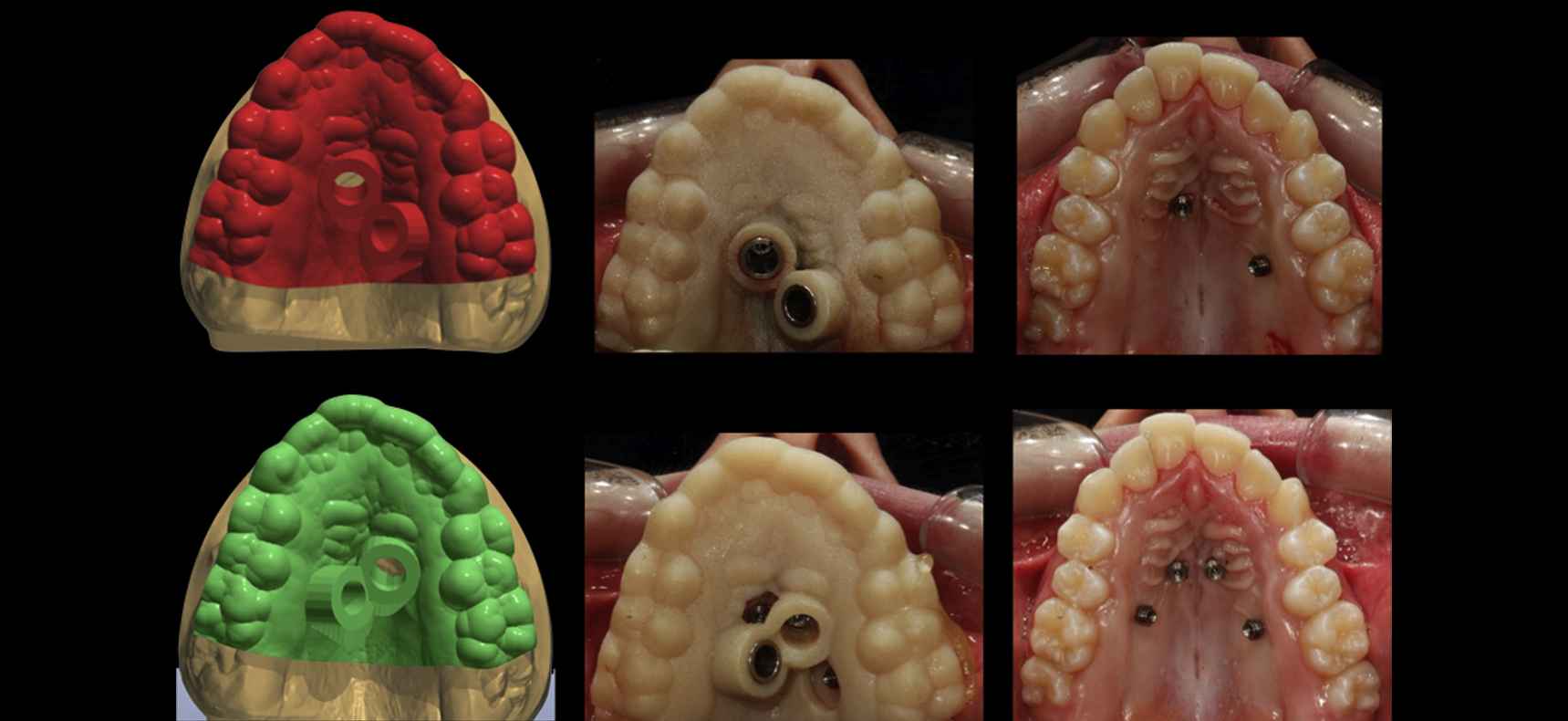Topic:
Introduction: Rapid palatal expansion is a common therapy during orthodontic treatment and could be a preliminary step for correcting different malocclusions; furthermore, this treatment could be necessary at any age. Different anchorage approaches have been proposed to obtain an effective skeletal result, although every device produces both dental and skeletal effects. This study aimed to compare the dentoskeletal effects of a bone-borne palatal expander considering 2 groups of patients of different ages.
Methods: Twenty-four patients consecutively treated were included in the study; patients were divided into 2 groups according to their age: group 1 with age #16 years and group 2 patients .16 years. All patients had a preexpansion cone-beam computed tomography scan; a second scan was required at the end of activations. All patients received a bone-borne appliance anchored on 4 miniscrews.
Results: Significant intragroup differences were found for maxillary width and dental diameters. No significant differences were found between groups with regard to longitudinal changes, except for the maxillary right plane.
Conclusions: The use of bone-borne maxillary expansion was effective in generating palatal widening both in growing and young adult patients. No significant skeletal or dental differences were found between groups.
Relatori:
Fabio Annarumma
Marco Posadino
Anna De Mari
Sara Drago
Hussein Aghazada
Giovanni Manes Gravina
Erda Qorri
Armando Silvestrini-Biavati
Marco Migliorati




